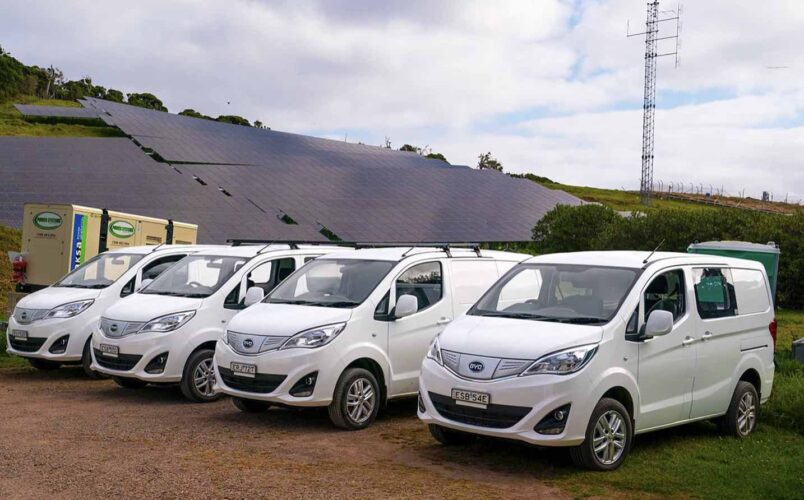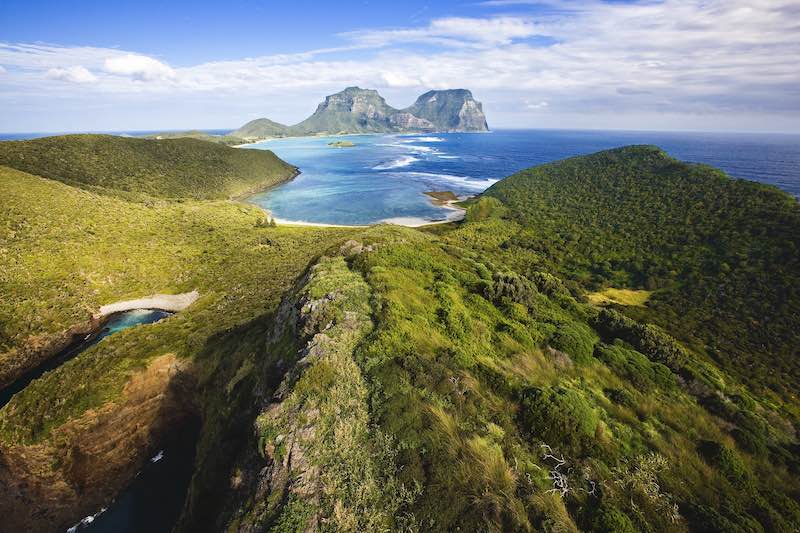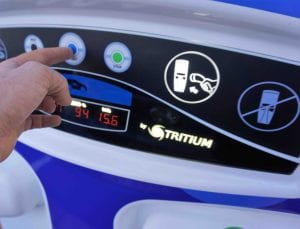After years of investigations and studies looking at how Lord Howe island could do renewables, the island now has a solar farm and battery storage that is performing beyond expectations.
Located 600 kms off the coast of Port Macquarie in NSW, Lord Howe’s unique flora and fauna has world heritage status.
But to power the island for the 400 residents, and the 400 tourists that are allowed to stay at any one time, Lord Howe relied for years on 50,000 litres of dirty, expensive diesel that had to be shipped in every month to power their electricity.
An original design for renewable power generation was developed in 2010 and relied mainly on wind generation with a couple of 100 kilowatts of solar.
But the former Federal Energy Minister, Josh Frydenberg, who doesn’t like wind turbines, overruled his Department and cancelled the wind component of the plan.
Stuart Watson installed some of the first rooftop solar on private residences and resorts, and recently sailed out to the island to check on progress, and how it is absorbing its relatively high share of electric vehicles.
Watson told the SwitchedOn podcast that he believes wind would have been a good option, “particularly with some of the smaller 300 kilowatt turbines that they’ve used on other island locations that can be [installed] for cyclones and can be managed for bird strike.

“It would have been a nice accompaniment – it is a very windy location – and it was easy to work out that the wind contribution could be suitable.”
However, when the wind component was kyboshed and the project was delayed while it went back to the drawing board, the solar industry moved so rapidly in the subsequent decade that solar prices dropped dramatically.
“We’ve now got such cheap solar installation in Australia, compared to what it was a decade ago, the solar component is much larger than what they originally envisaged,” says Watson.
In 2019 the island started building a solar farm with battery storage. It now generates 1.2 megawatts of solar and provides 3.2 megawatts of battery storage.
“That’s doing 70% of the load of the island, and it’s quite feasible that with some more storage, we’ll be able to get to 100%,” Watson says.
“It’s so much more difficult to implement a solar farm battery storage and energy management system out here than it is on the mainland, says Watson. “I think it’s a just a shining example of what we could do in in other communities not so remote.”
First published at SwitchedOn, our sub-site dedicated to all things electrification. To find out more, and to listen experts interviewed on its weekly podcast, please click here.










